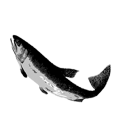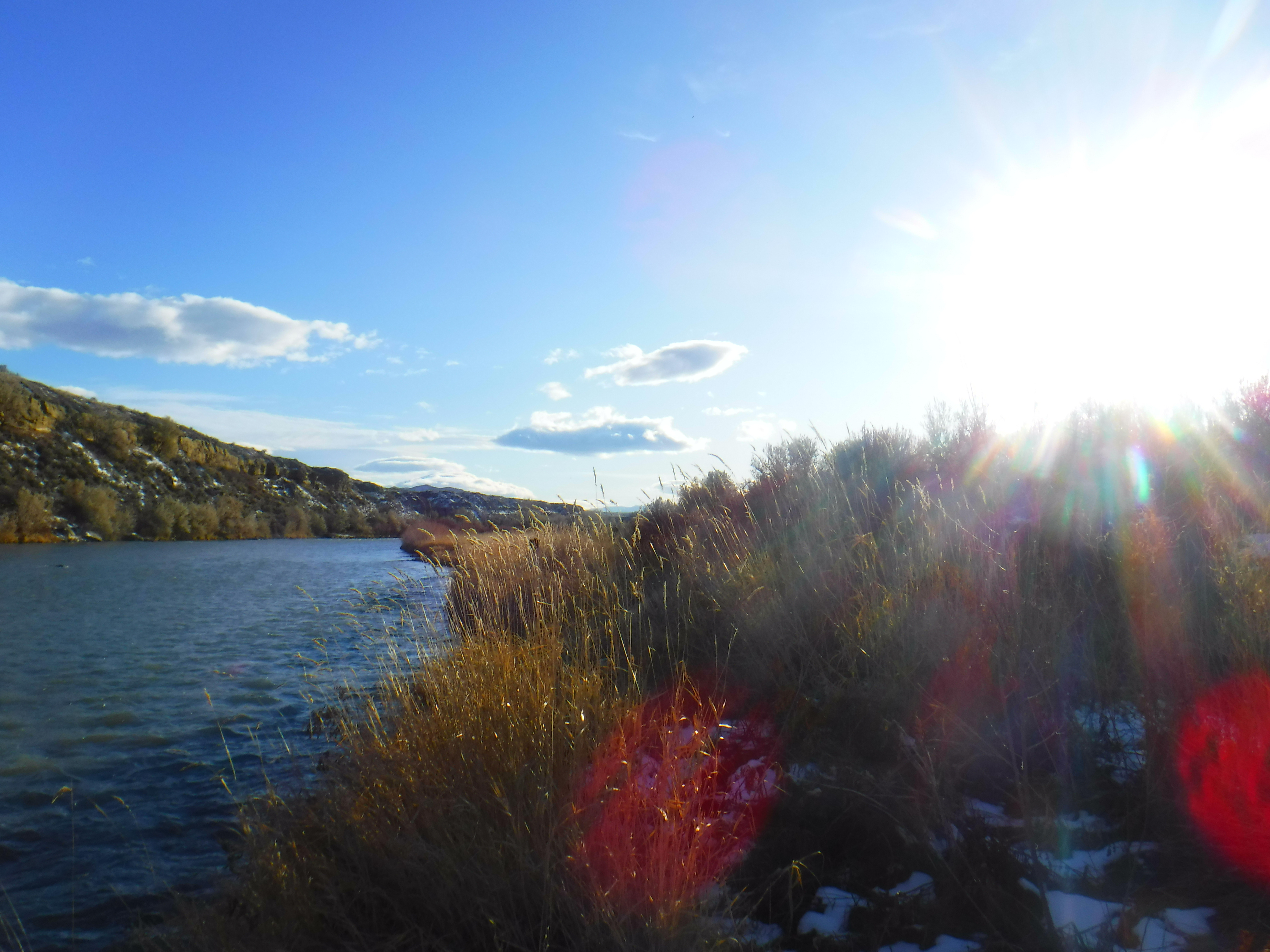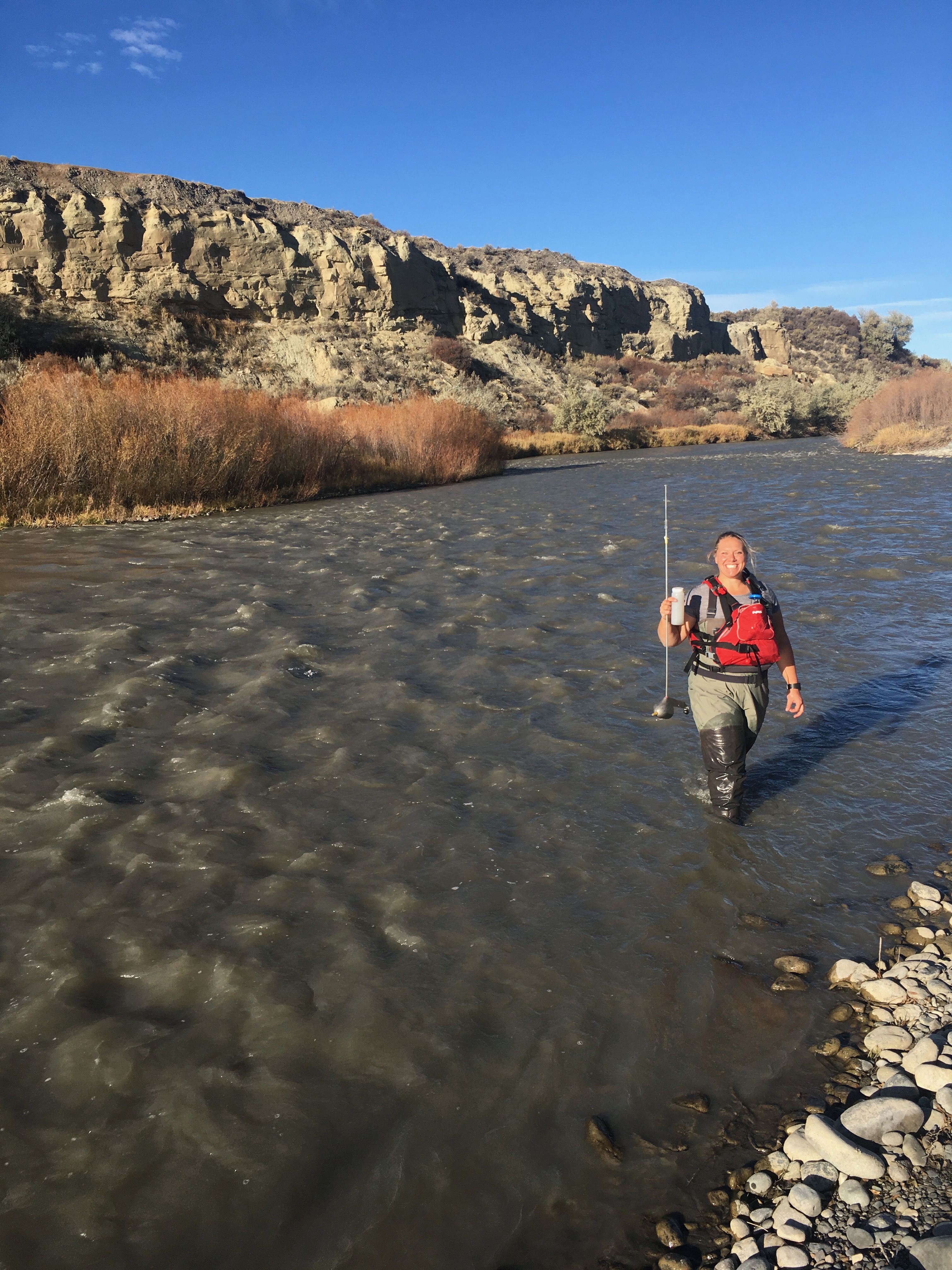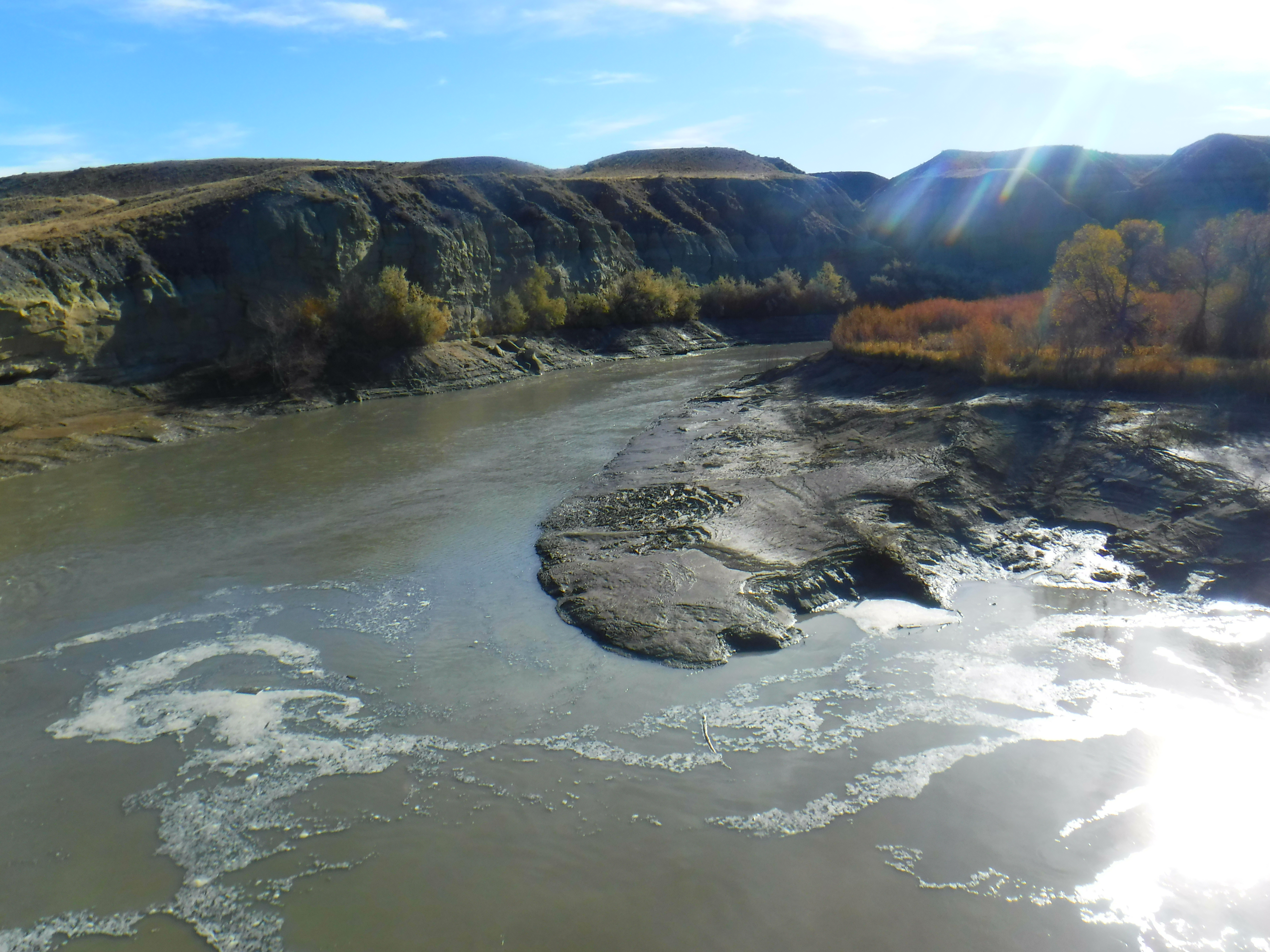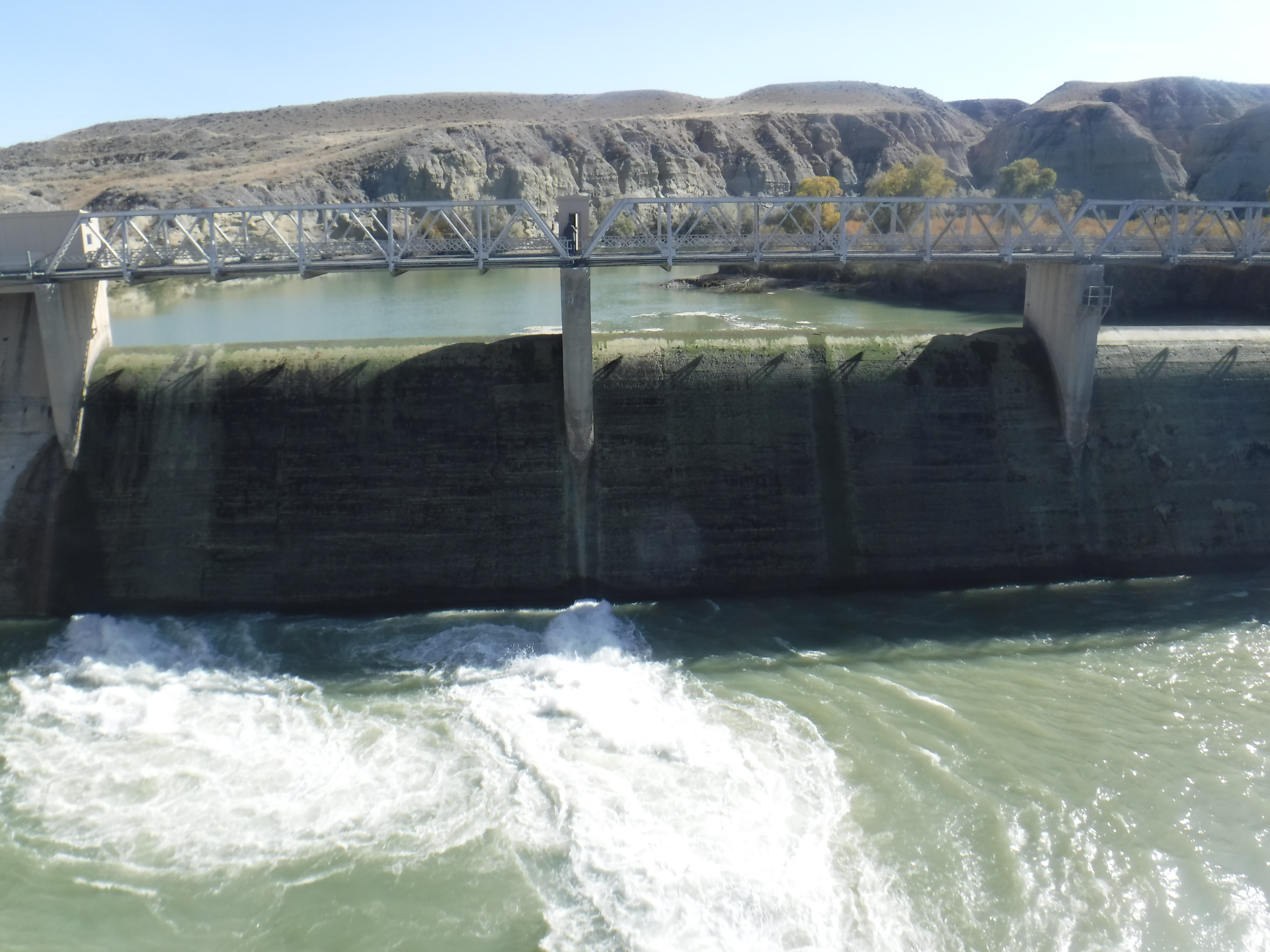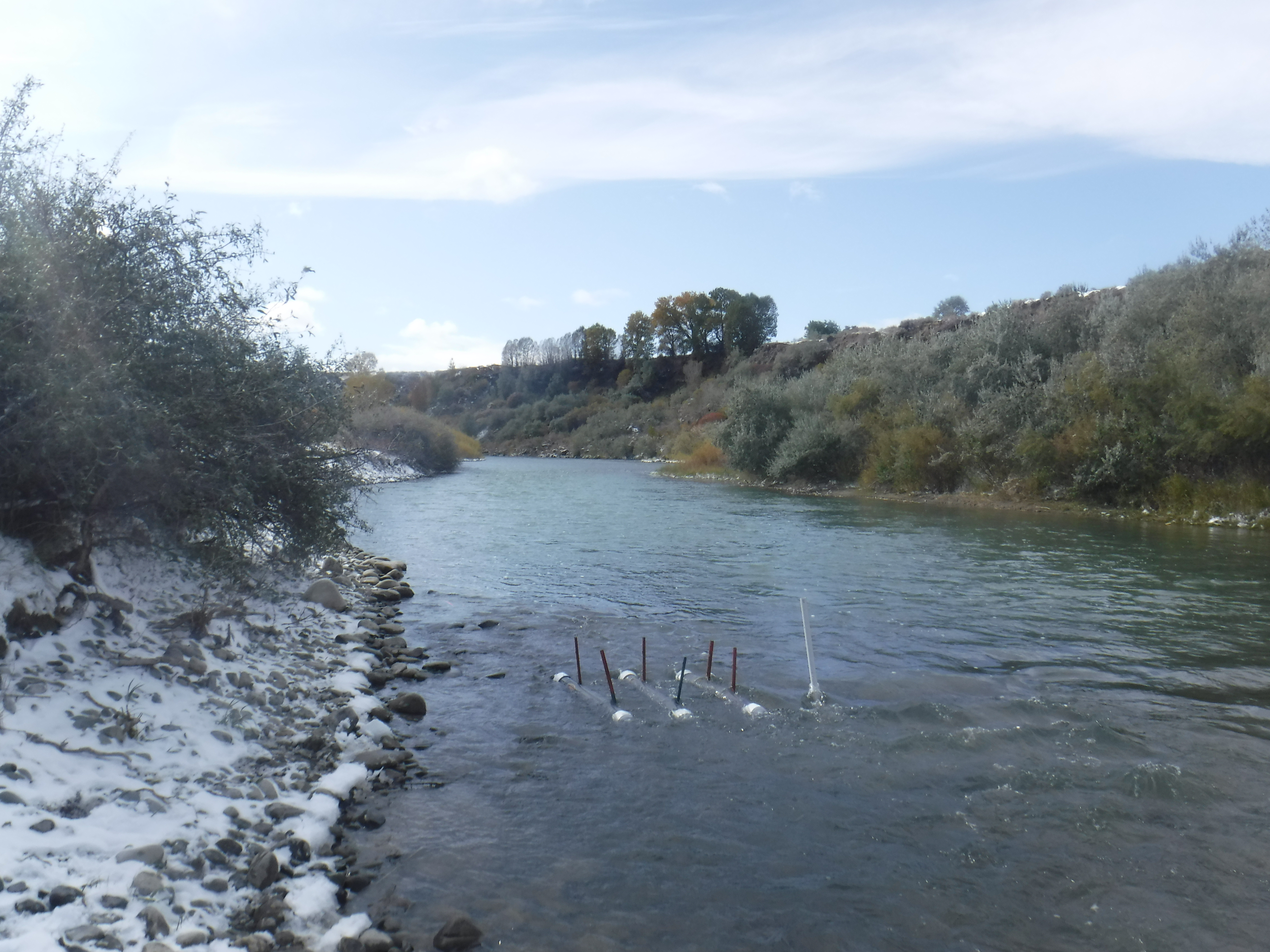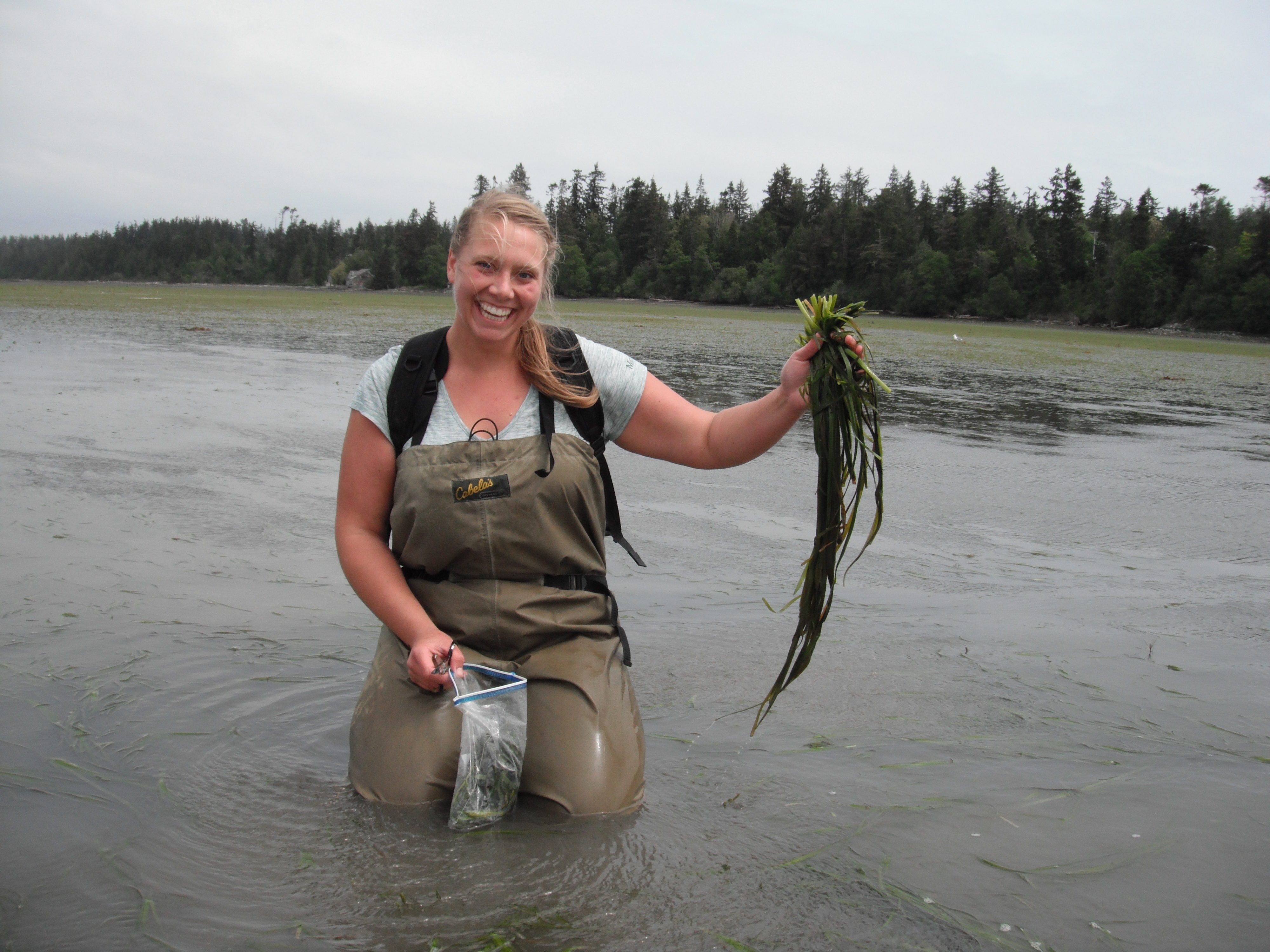
Sediment is a fundamental driver of the physical, chemical and biological integrity of aquatic ecosystems and numerous studies have indicated sediment is a major control on aquatic species composition. Managing sediment is an international challenge with sediment often being one of the leading causes of water quality impairment. Sediment accumulation behind dams is especially complex as dam operational needs must be balanced with downstream aquatic uses. Dams naturally accumulate sediment behind them and without management this accumulation can impair dam operations, compromise structural integrity, and increase maintenance costs. Sediment releases can harm downstream aquatic life, but quantifying the response is difficult.
An understanding of how sediment releases affect downstream aquatic biota, in particular which fish species, life stages, and time periods are most sensitive to sediment releases is important for informing water quality criteria and operating recommendations for dams. Effective sediment criteria must consider natural temporal and spatial variation in sediment, reflect the requirements of the biological communities they are meant to protect, and be attainable for the system.
This study explores the relationship between sediment and fisheries with the goal of providing managers with the tools and information to effectively address this challenge. The goals of this project include synthesizing the current state of knowledge of sediment effects on fisheries, evaluating metrics and approaches for assessing sediment levels in rivers and their relevance to fisheries and aquatic habitats within Wyoming’s waters and compiling current best management practices for managing sediment behind dams. This study will be directly applicable to Willwood Dam near Powell, Wyoming and will also assist in evaluating Wyoming’s water quality criteria for suspended sediment and turbidity.
Gallery
Contact
Ashleigh Pilkerton, Masters student
Wyoming Cooperative Fish and Wildlife Research Unit
Department of Zoology & Physiology, University of Wyoming
Dept. 3166, 1000 E University Ave
Laramie, WY 82071
Annika Walters, Assistant Unit Leader
U.S. Geological Survey,
Wyoming Cooperative Fish and Wildlife Research Unit
Department of Zoology & Physiology, University of Wyoming
Dept. 3166, 1000 E University Ave
Laramie, WY 82071
Project Lead
Funding & Partners
Wyoming Water Research Program


